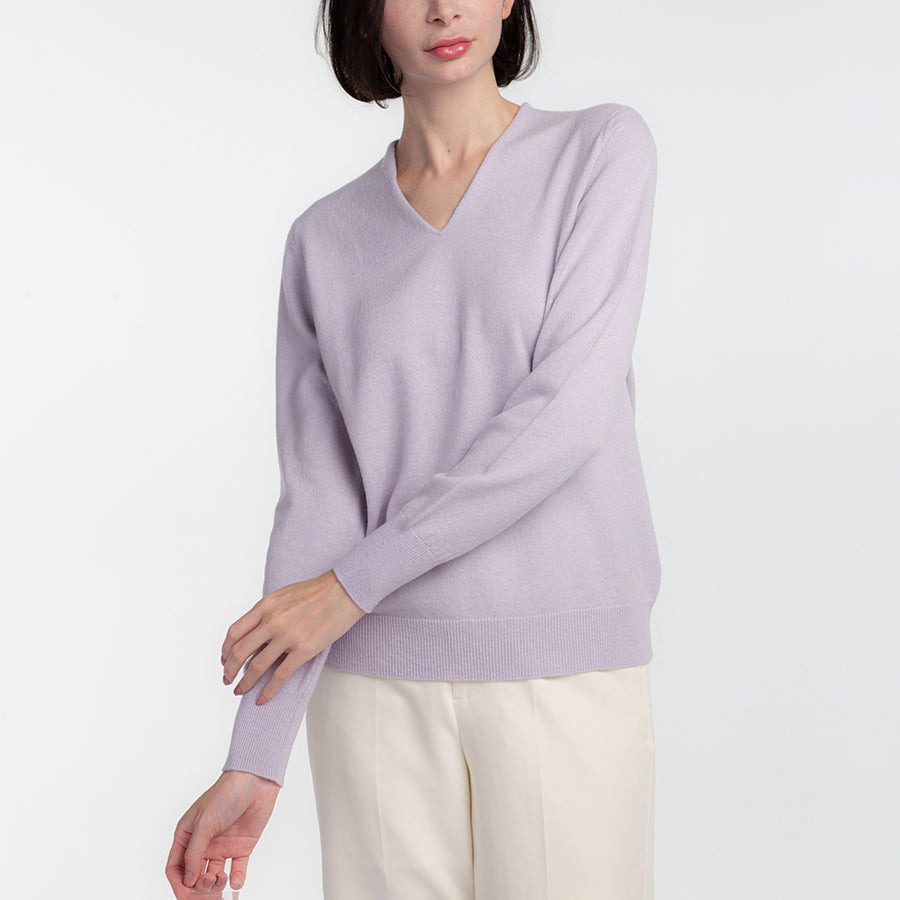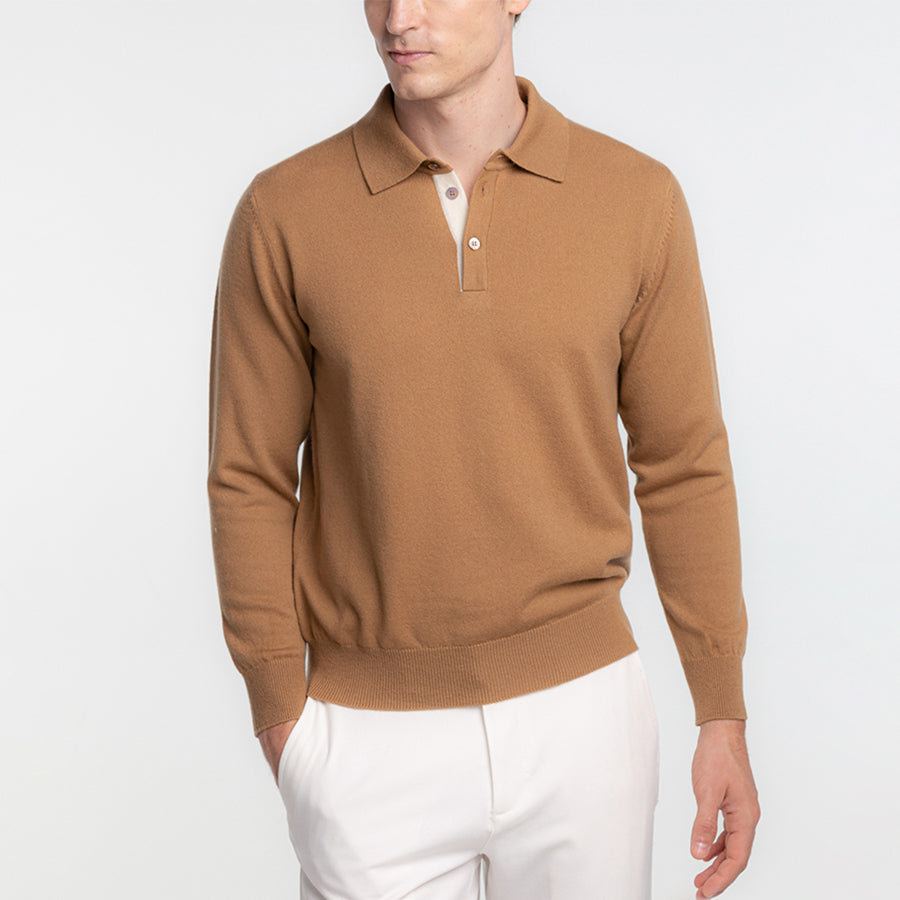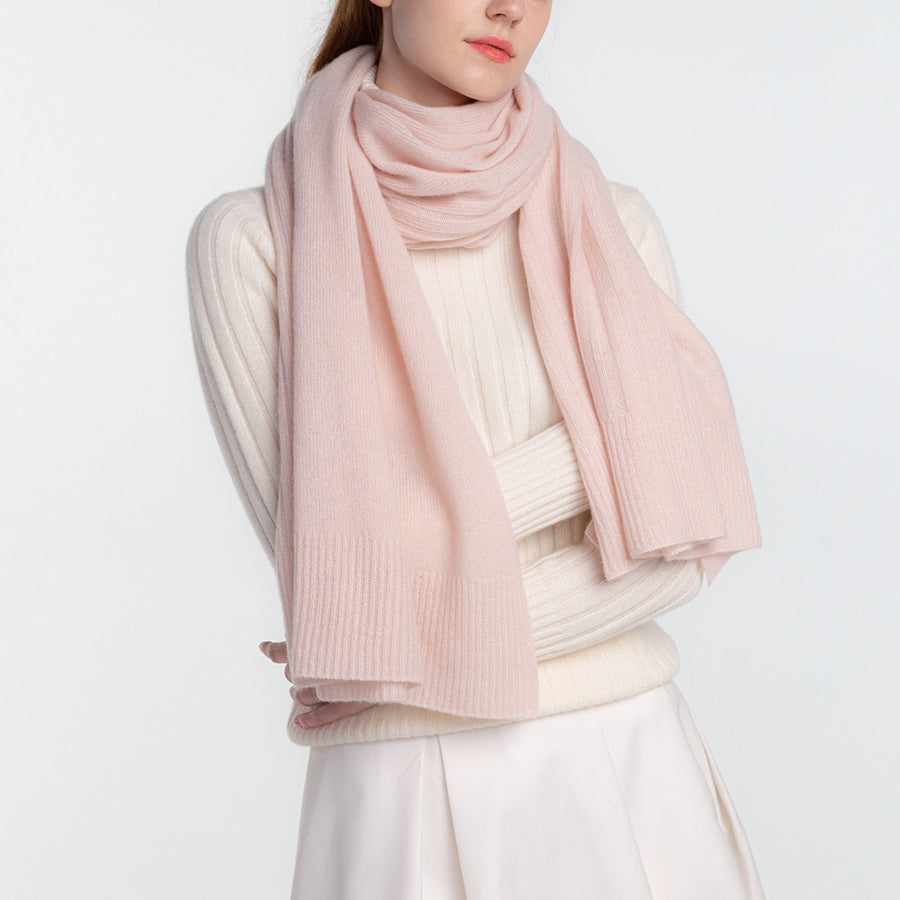What is thread?
It's a simple question, but what is thread ?
Yarn is something that is made by bundling fibers of a certain length and thickness and twisting them to make them longer.
I asked a professor at Tokyo University of Agriculture and Technology, and he said that there is actually no official definition.
Generally speaking, anything thicker than a thread is called a string, and a rope is even thicker. But I don't know what thickness the thread is and where the string starts.

What is "thread"?
Thread is related to knitting. At most a string.
Speaking of strings, around 1990, knits made with strings called tape yarn became popular.
Each strand of natural fiber, which is the raw material for yarn, is not very long. The length of raw cashmere wool ranges from 10 to 43 mm, and there is considerable variation, with ultra-high-quality cashmere having an average length of around 40 mm.There are various types of wool, and they vary in length, but they range from 25 mm to 150 mm. Even cotton has a length of 30 to 40 mm and is called extra-long fiber.
The diameter of cashmere fibers is approximately 14 microns (a micron is 1/1000 mm).
By the way, the high-quality wool of Gironram is 17.5 to 25 microns, and alpaca is 24 to 31.5 microns. Mohair is a little thicker, about 34.5 to 40 microns.
So you can see how fine cashmere is.
“Water” is a mass of fiber
The mass of fibers is `` cotton .'' If you bundle the fibers and twist them, they won't come out even if you pull them.This is ``spinning'', which is the process of turning cotton into thread (spinning).
The thread that UTO mainly uses is 100% cashmere No. 26 twin thread . The number 26 is the thread count and indicates how thin the thread is.
That's where it's at. Wool count (note: cotton count is different) 1g of wool is pulled to 1 meter and twisted to create the 1st yarn (actually, it is pulled while being twisted), so 26th yarn is 1g of yarn. This means that the thread is drawn and twisted to a length of 26 meters.

If you can twist 1g of cotton for 1m, you are number one.
I can understand in my head that 1 gram of cotton is 26 meters long, but it doesn't seem very realistic.
However, I was surprised to see a craftsman actually spinning 1g of cotton into 26 meters by hand. This is truly the skill of a craftsman.
After winding the twisted thread for a while, the thread becomes stable.
To be more specific, the thread mentioned earlier is number 26 single thread. Of course, you can knit a sweater with this yarn, but you will need to put some extra effort into it.
That is the double thread process . The two yarns, the top-twist and the bottom-twist, cancel out the twists and create a stable yarn .
Since two number 26 threads are twisted together, the thickness is the same as a number 13 single thread.
As a side note, you can also create complex colored heathered threads by twisting threads of different colors together during double thread processing. The thread made by twisting three strands together is called mikko or miko .
The lower the thread count, the thicker the thread. It is useful to have a number in your head that will serve as your own standard.
When it comes to wool sweaters, if you remember that it is best to use yarn with the same thread count as the gauge, you won't have to worry about hitting the nail on the head.
Difference between knitting yarn and woven yarn
When I talk to spinners, I sometimes hear things like, ``It's impossible to make knit yarn with this raw wool, so we have no choice but to use it as woven yarn .''
This may come as a surprise to everyone, but knitting yarn is the best raw material used to make yarn . Why is knitting yarn so high grade?
It's the sweetness of the twist.
The key to making durable yarn is the length of the fibers and the number of twists. The more twists you twist, the stronger the thread becomes, but the more twists you twist, the harder it becomes.
Knit yarn for softness . A textile yarn that requires durability . Each type has a suitable strength, and the threads are made accordingly.
To draw thin threads, regardless of the amount of fibers to be bundled, if you twist them strongly, they will be strong and can be drawn into even fairly thin threads. However, in the case of knitting yarn, fluffy yarn is essential, so it is not possible to twist it strongly.
If strong twisting cannot be applied, each raw material fiber must be long or it will fall out. I want to make soft yarn, but I can't twist it strongly, so I have no choice but to use long fiber raw materials. Those long, thin fibers are expensive.
This is a ridiculous story. It is said that knitting threads are twisted about 240 times per meter, but woven threads are twisted about 400 to 440 times.
Knit yarn is loosely twisted, so if you pull it too hard, it will come off. In order to prevent the yarn from falling out even when twisted, the only way is to use fibers that are as long as possible.
The longer the fibers, the higher the grade and price. (I feel like knitwear is cheap for that reason)

By the way, knitters say that they can tell whether a thread is good or bad just by setting it on a knitting machine and knitting it a little.
Threads other than wool are twisted to a certain degree, so they are less likely to come loose or break.
Wool, especially spun wool such as cashmere, angora, mohair, camel, and alpaca, each have their own unique characteristics, depending on the length of the fibers and the number of twists, so knowledge and experience are required. When the fibers of cashmere are short, they tend to come loose easily, and when the fibers are too tightly twisted, it is difficult to obtain texture even when the fibers are tightened. Alpaca is the easiest to shed, and its hair tends to stick to other things. Angora's hair breaks easily and scatters like dust, and mohair is a straight fiber that has poor elasticity and is difficult to weave. and so on…….

Is ``textile'' a winner after it becomes a fabric?
On the other hand, in the case of woven thread, it is twisted considerably to create a strong thread. The warp threads are stretched, the weft threads are passed through the weaving process, and then the weaving is carried out using a reed to form a single piece of cloth, so the threads must be strong and strong. To achieve this, we twist the yarn a large number of times to create a yarn that is resistant to pulling.

Cashmere fabrics are made by scratching the surface of the fabric to make the hairs stand up, creating a unique weave. The quality of the fluff greatly influences the evaluation of the fabric.
Since ancient times, the wild `` thistle '' mussel has been used to scratch and fluff fabric. For this reason, high-quality fabric production factories in Europe were growing thistles themselves. Nowadays, there are metal substitutes, but nothing beats the natural "thistle".

Manufacturers of cashmere fabrics often use the thistle seed mark, as if to show off their fluffing skills. The logos of Loro Piana and Cariagi, which are said to be representative of cashmere fabrics, also have a ``thistle seed'' design.
In this way, even if fibers are made from the same raw material, the requirements for the yarn are different, so the selection of raw materials will be different. It's quite deep and interesting.





